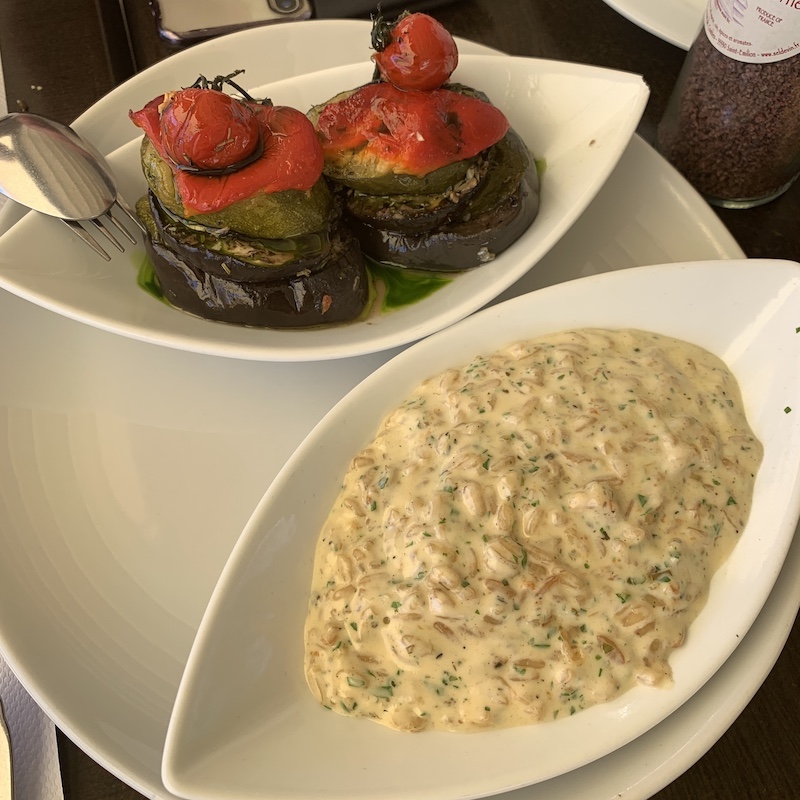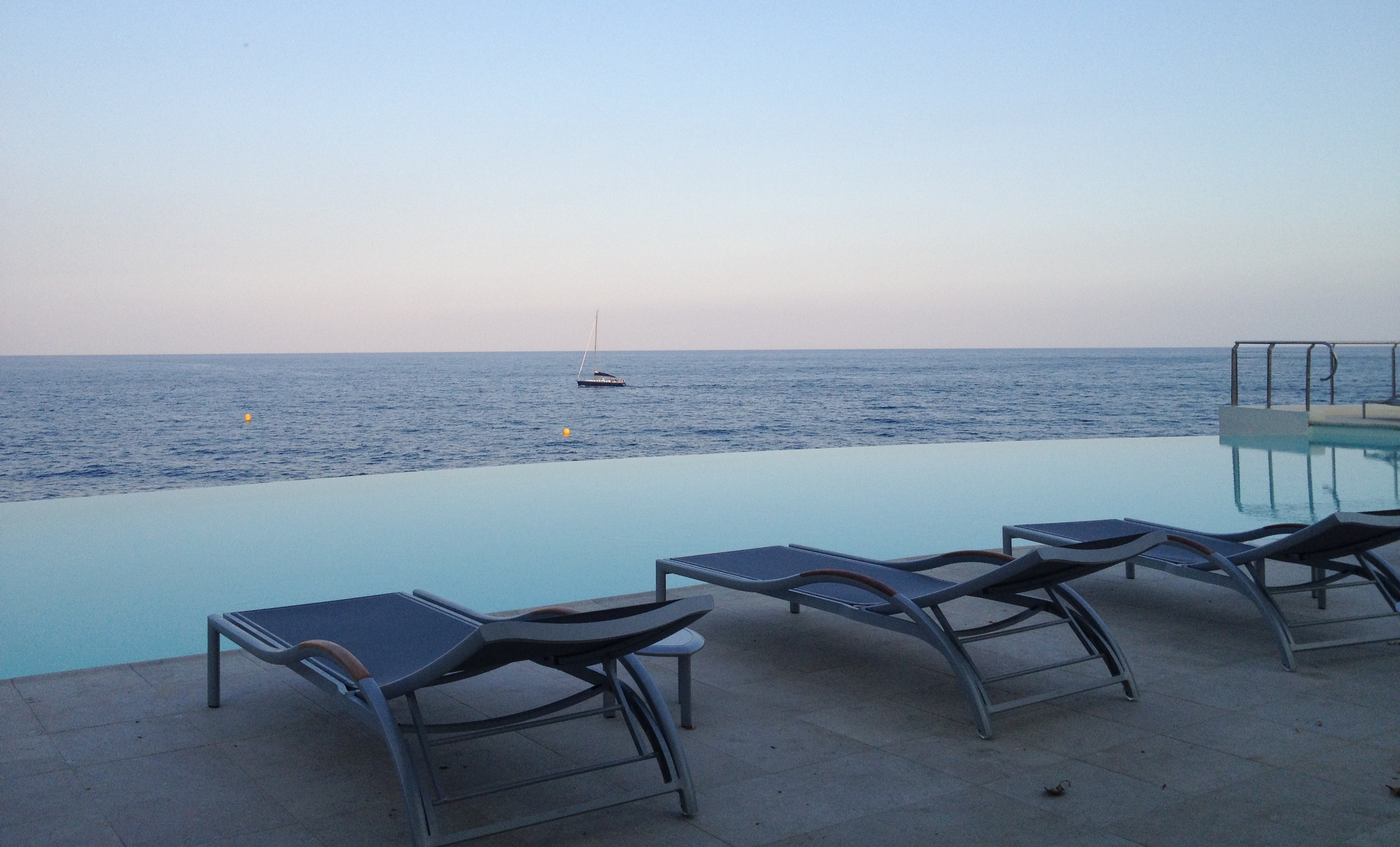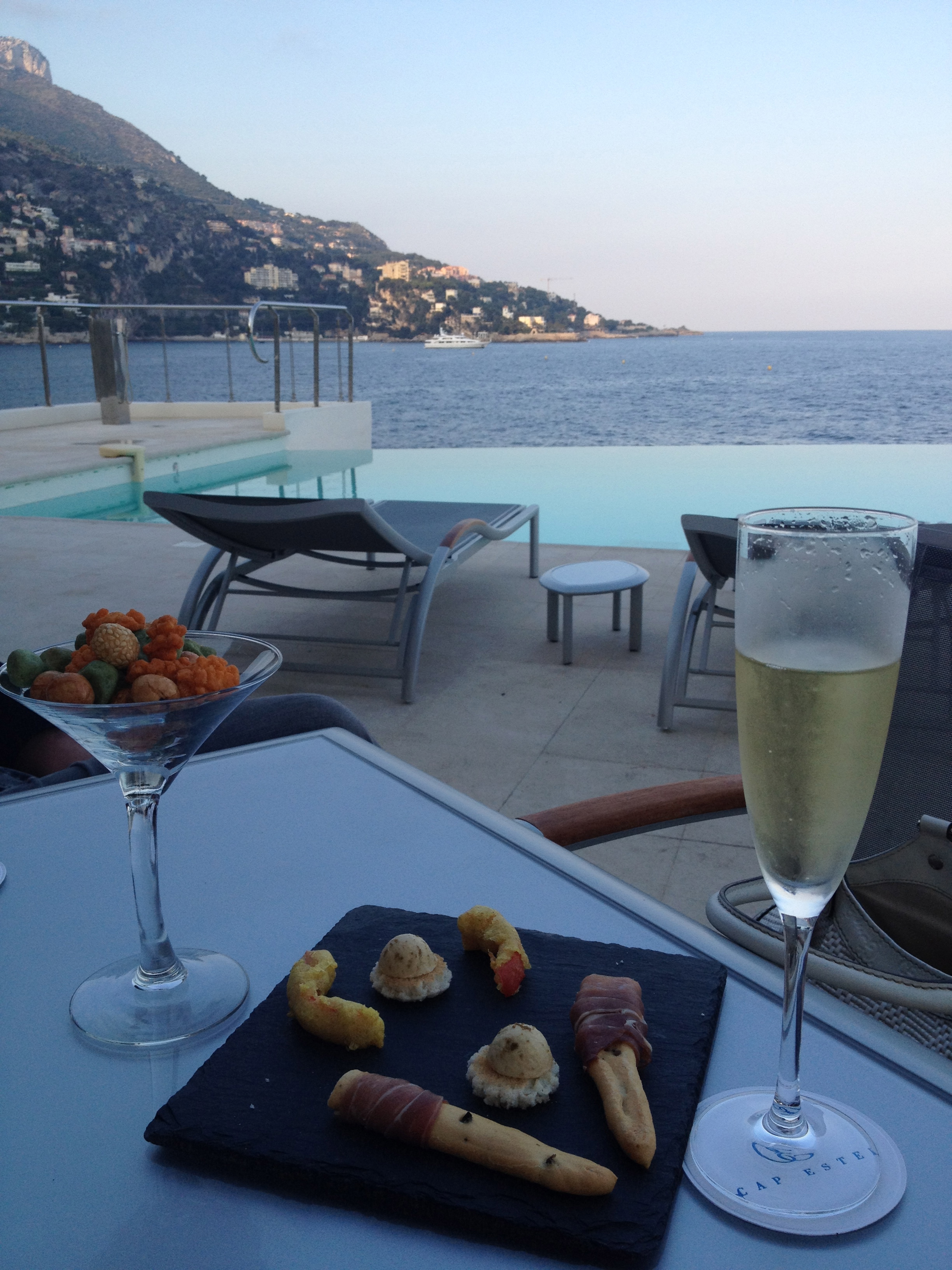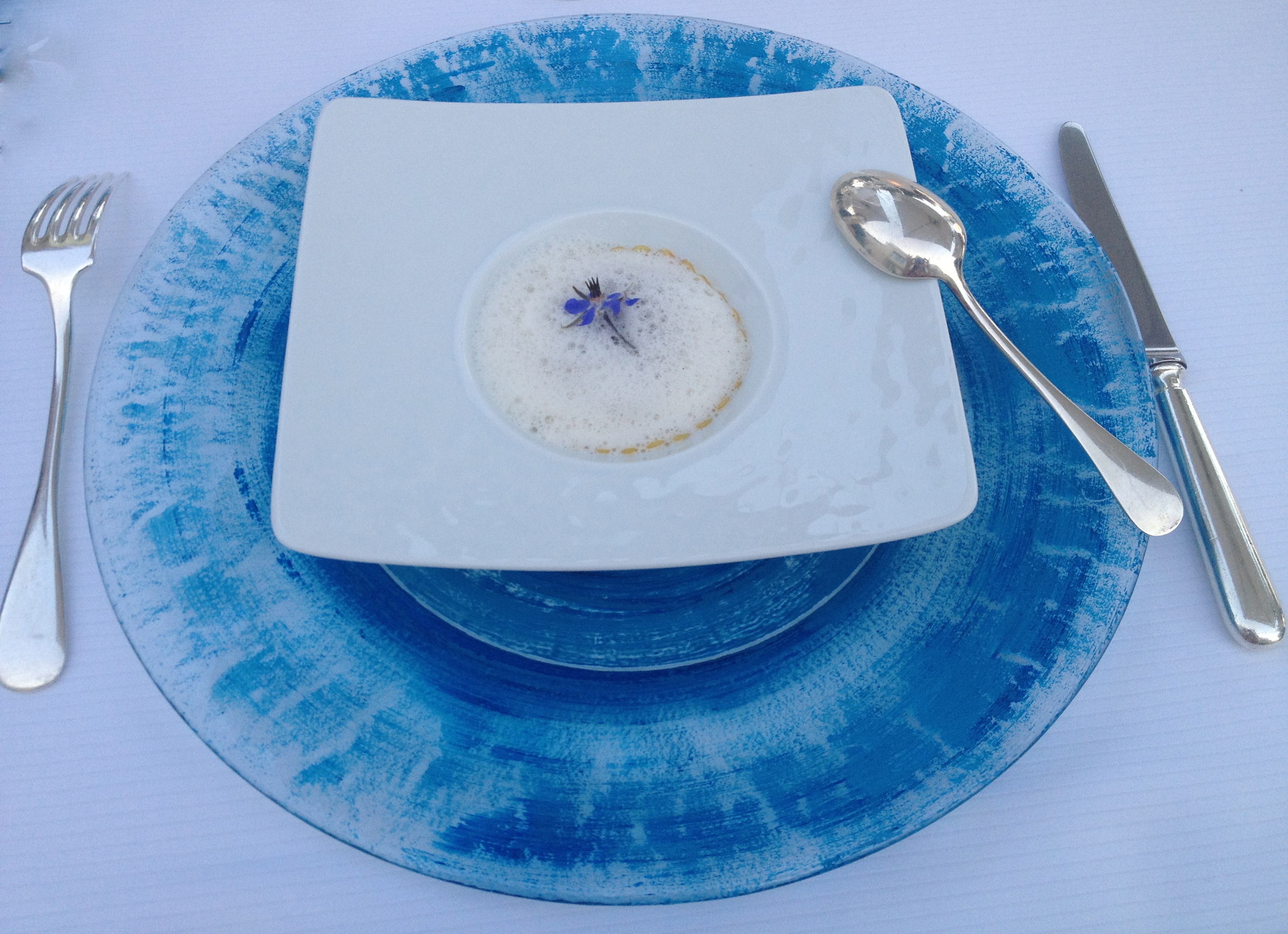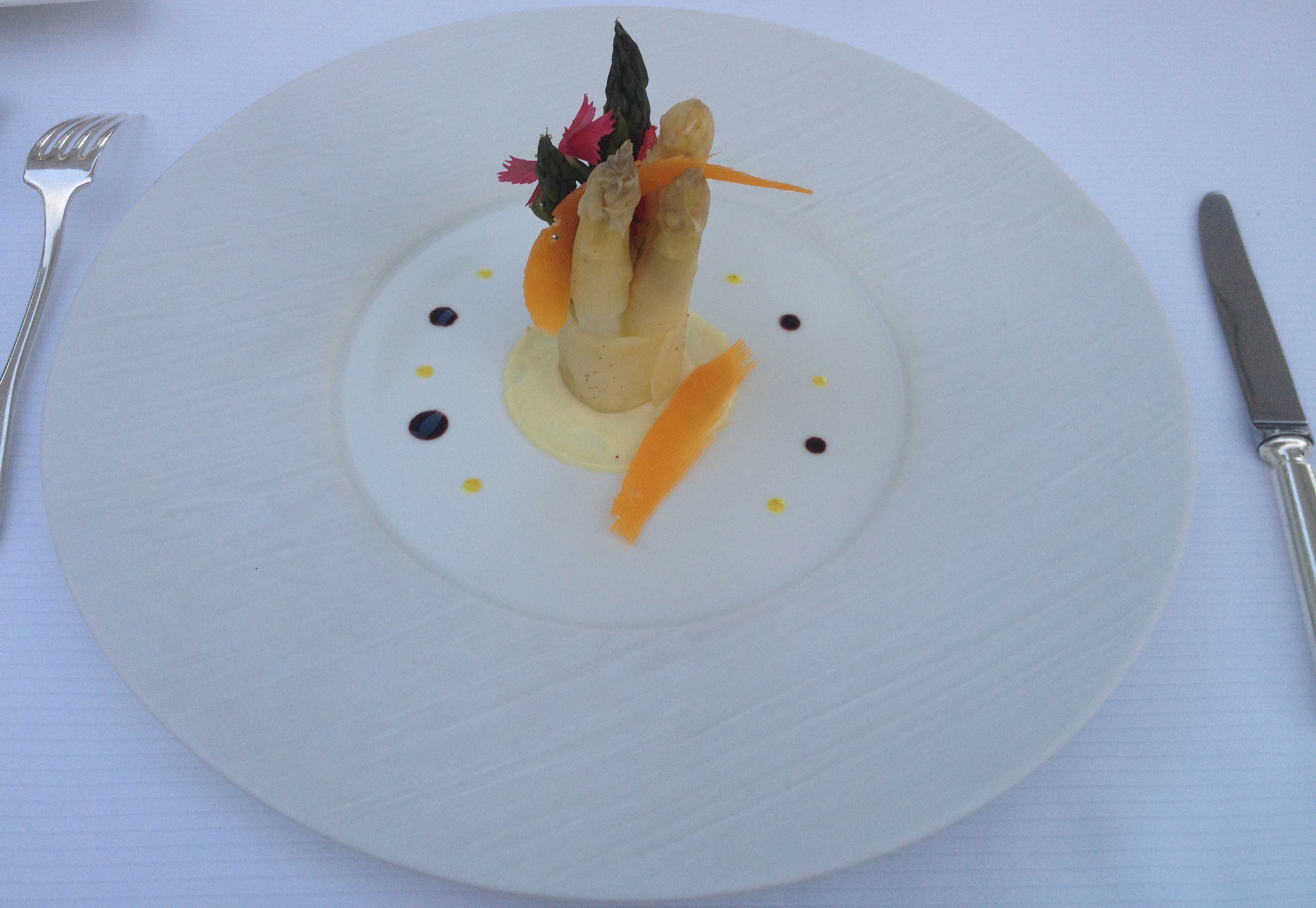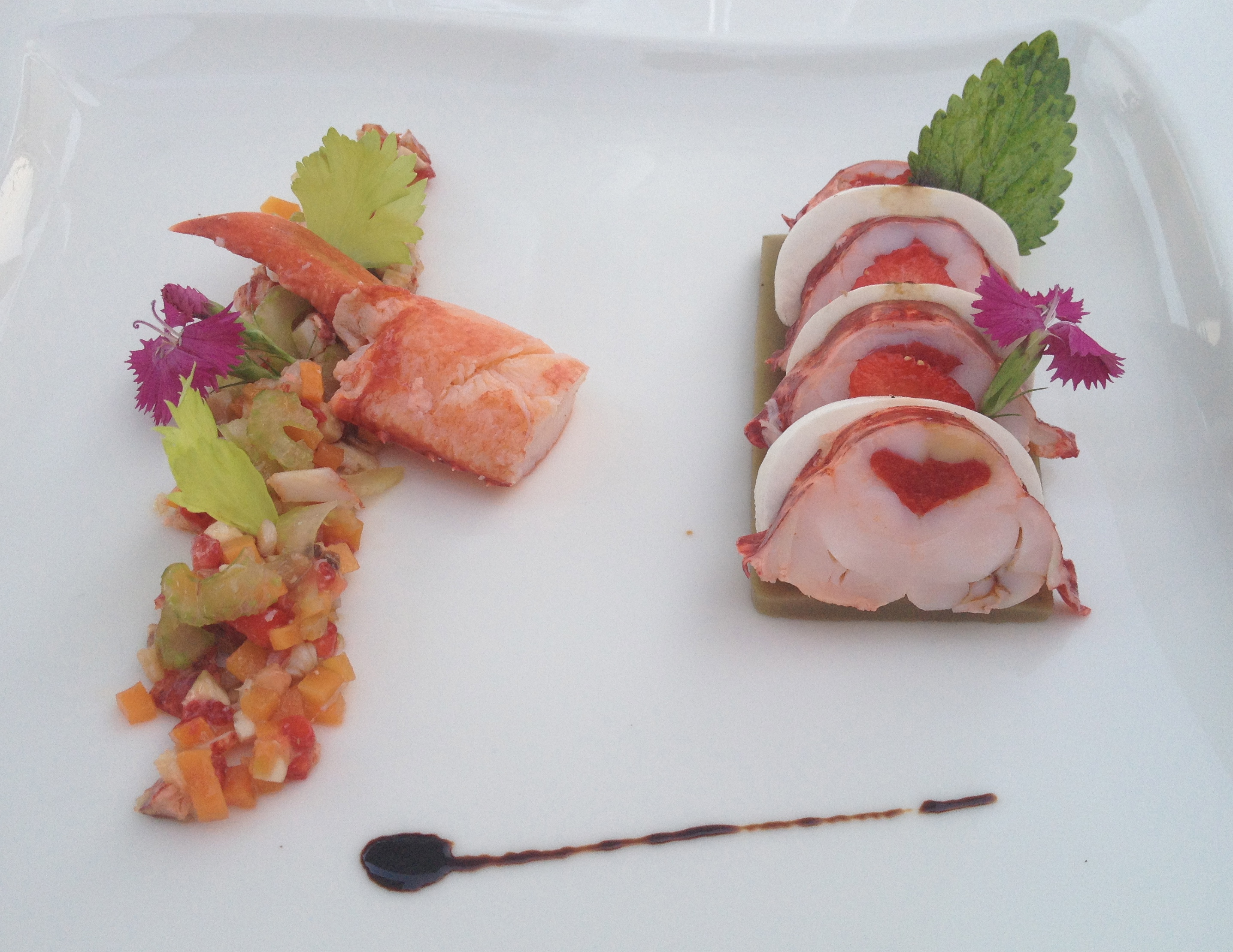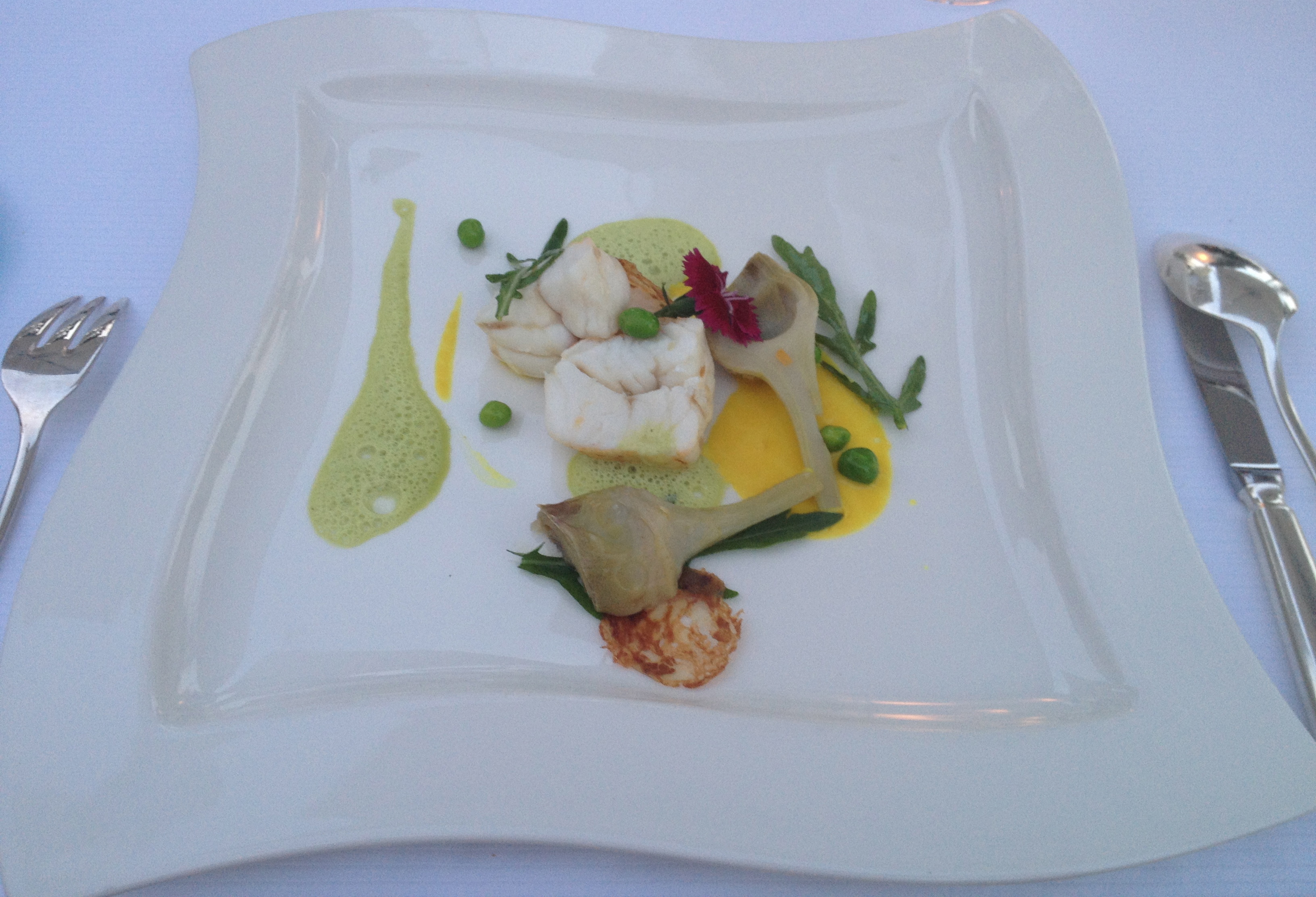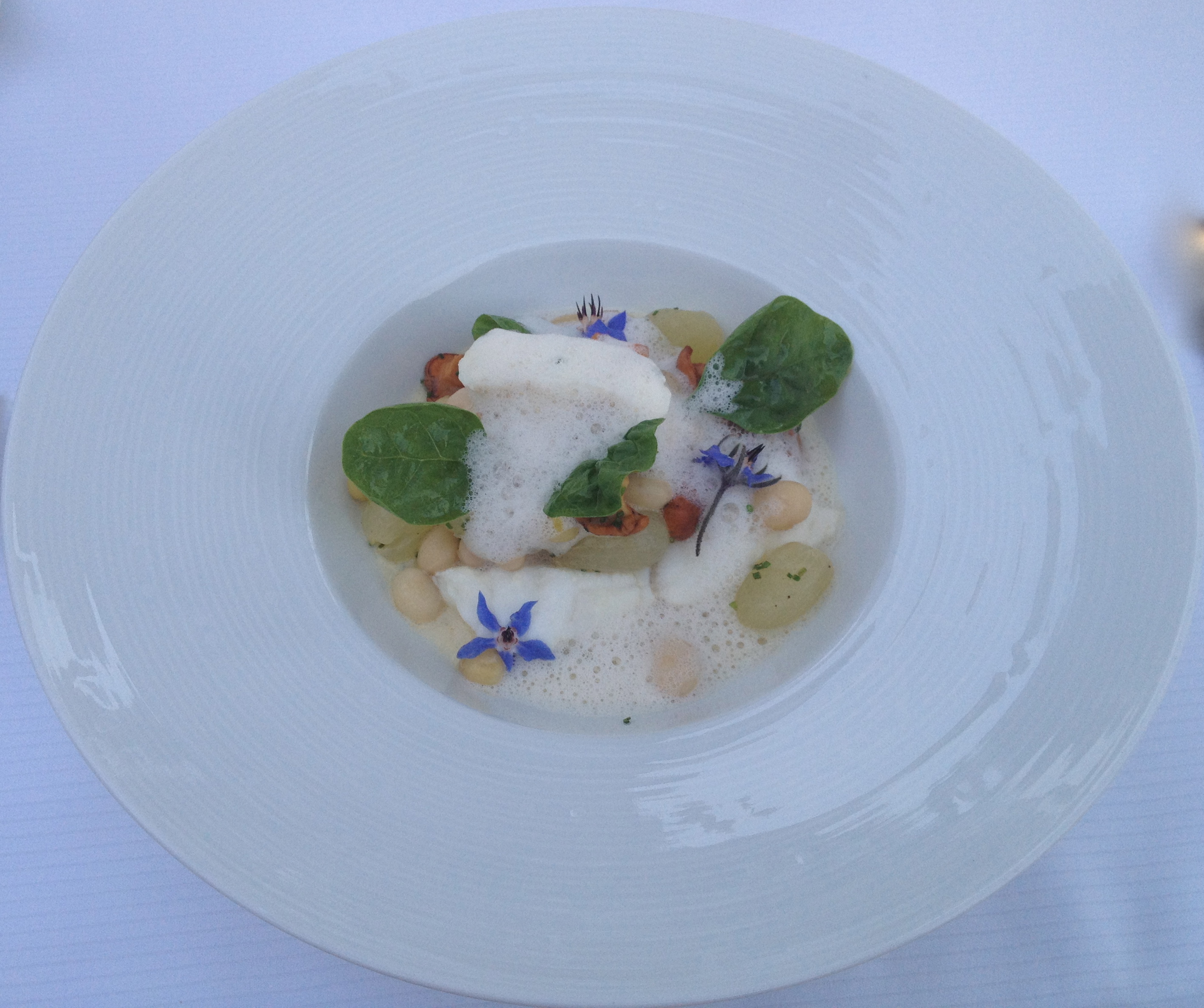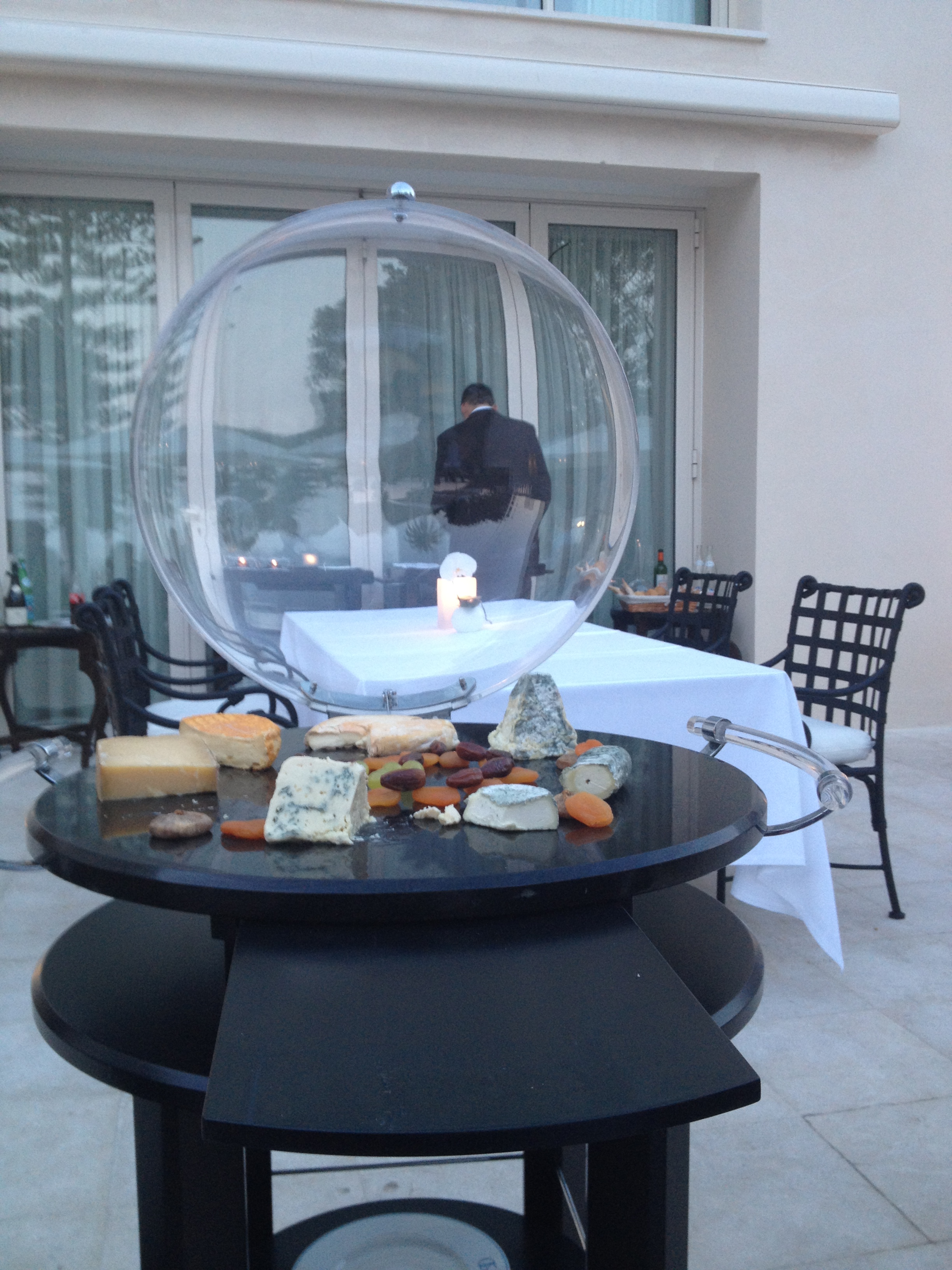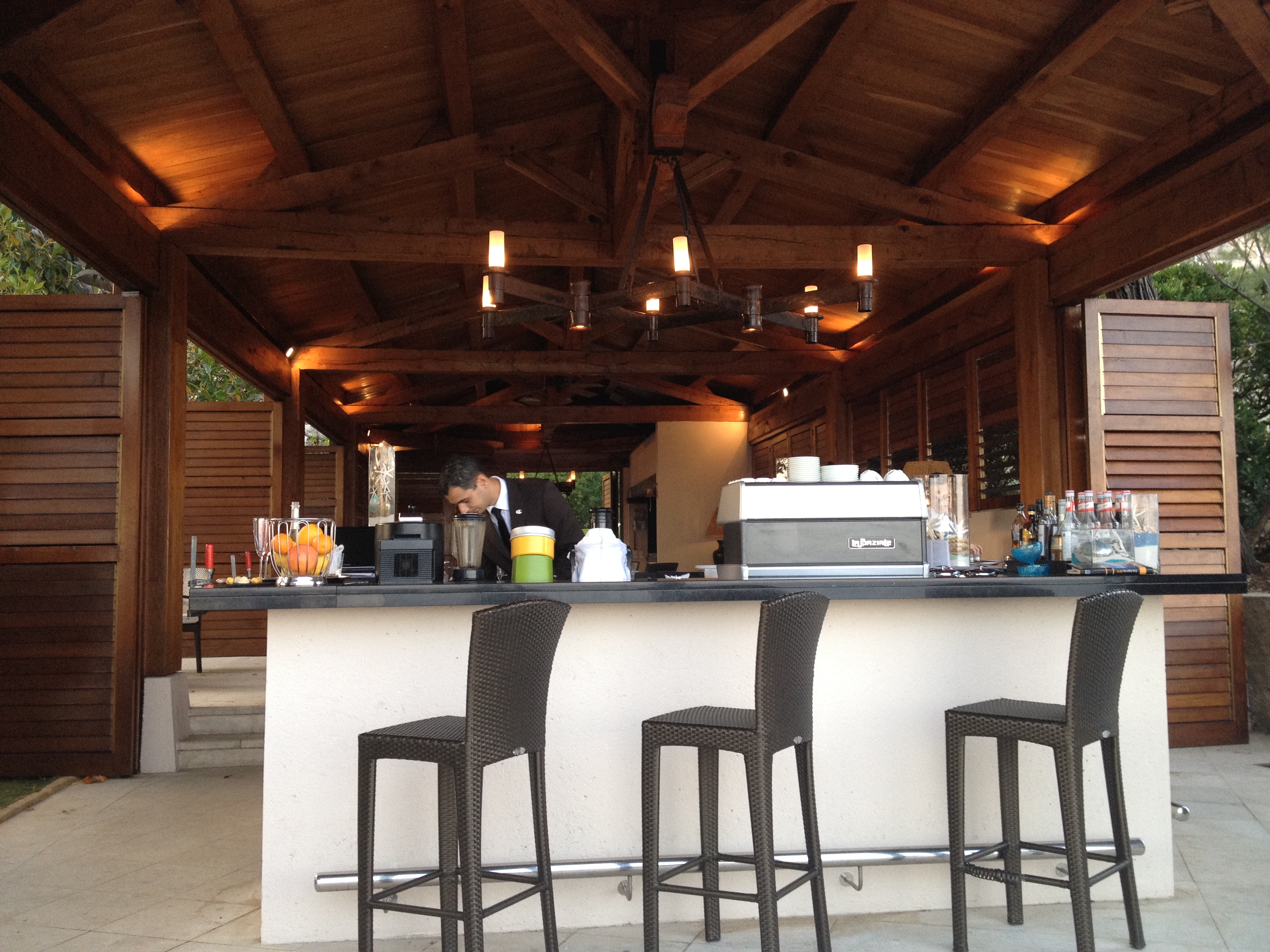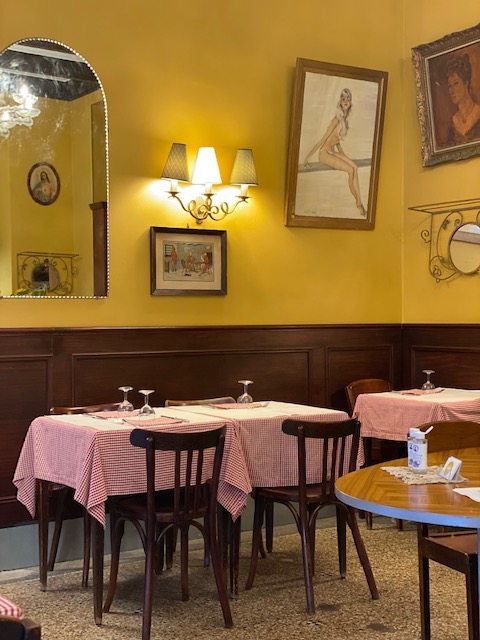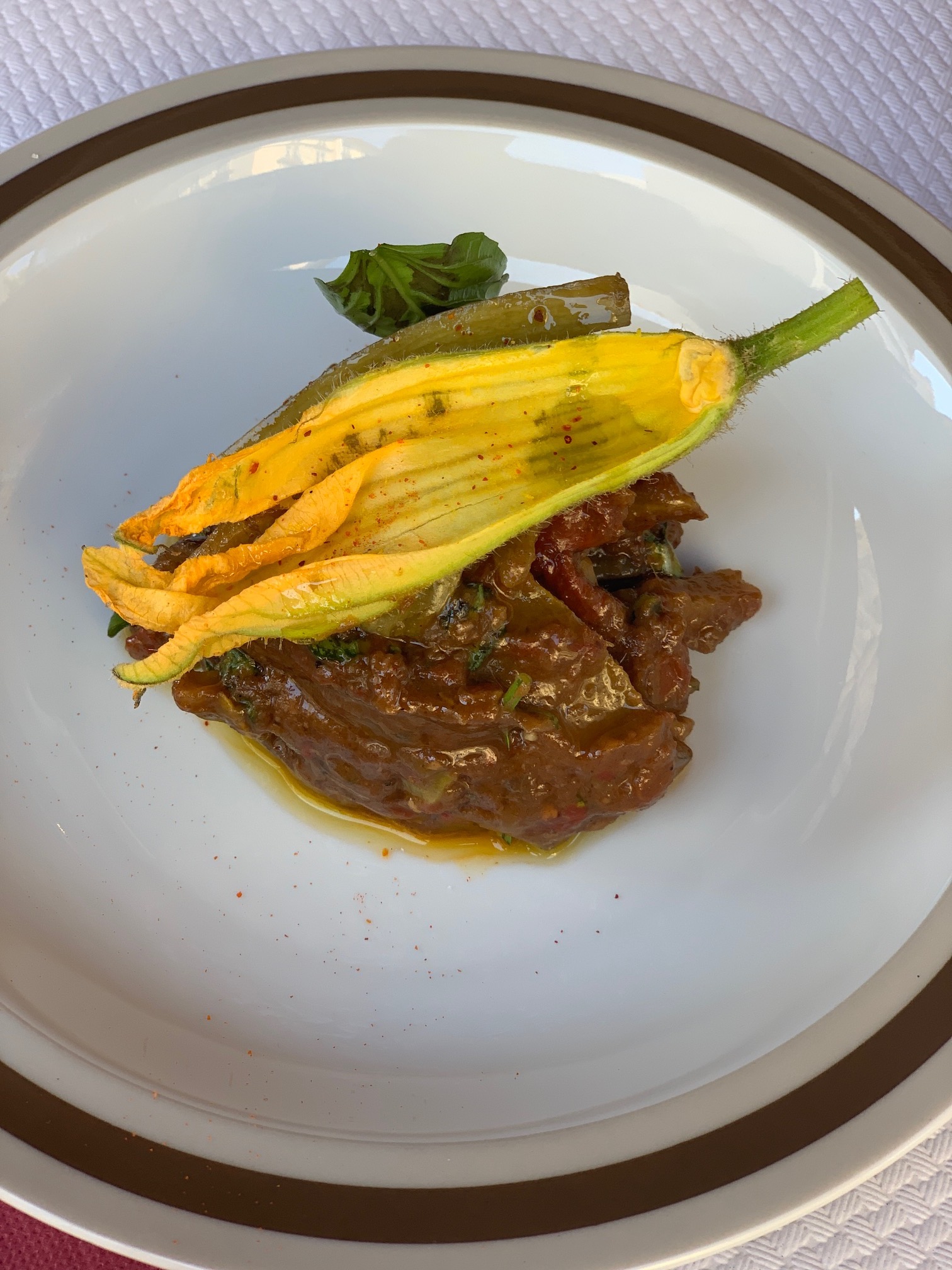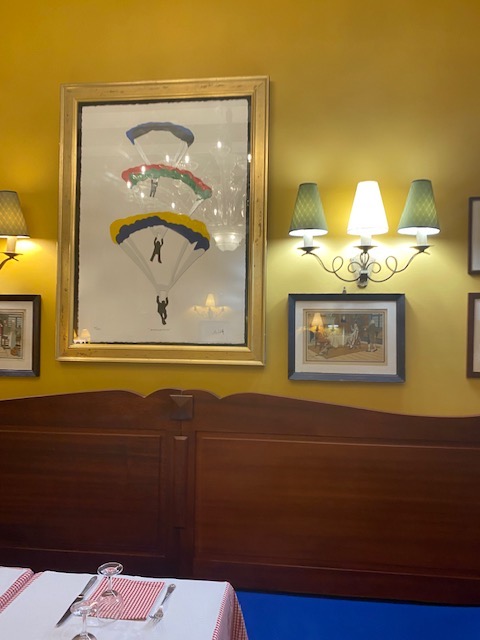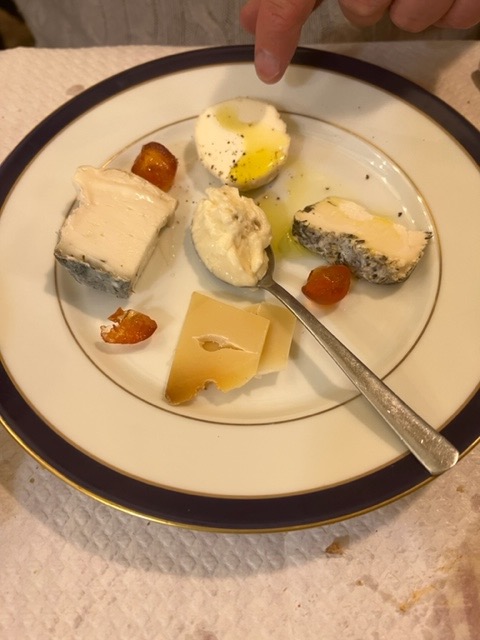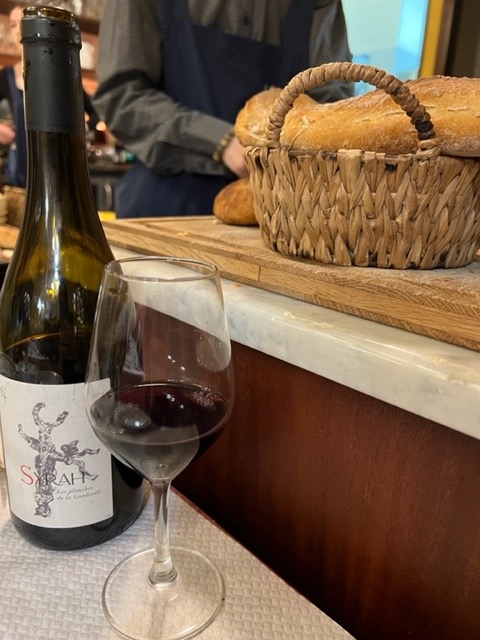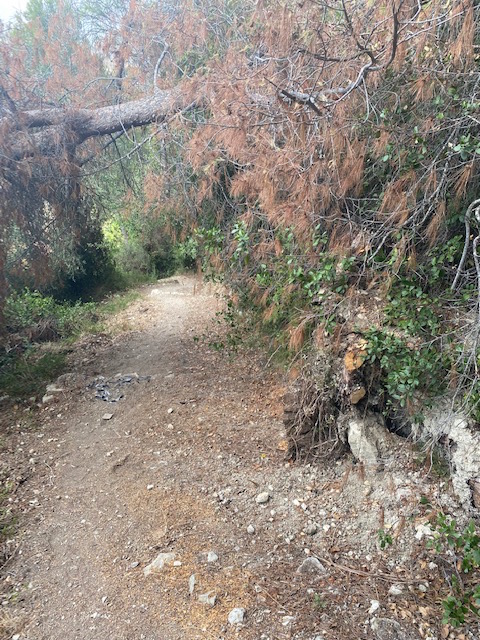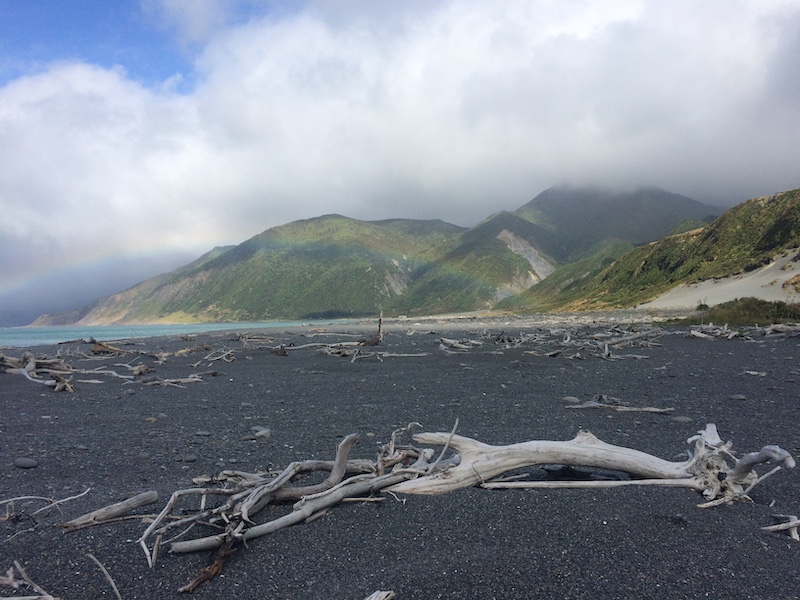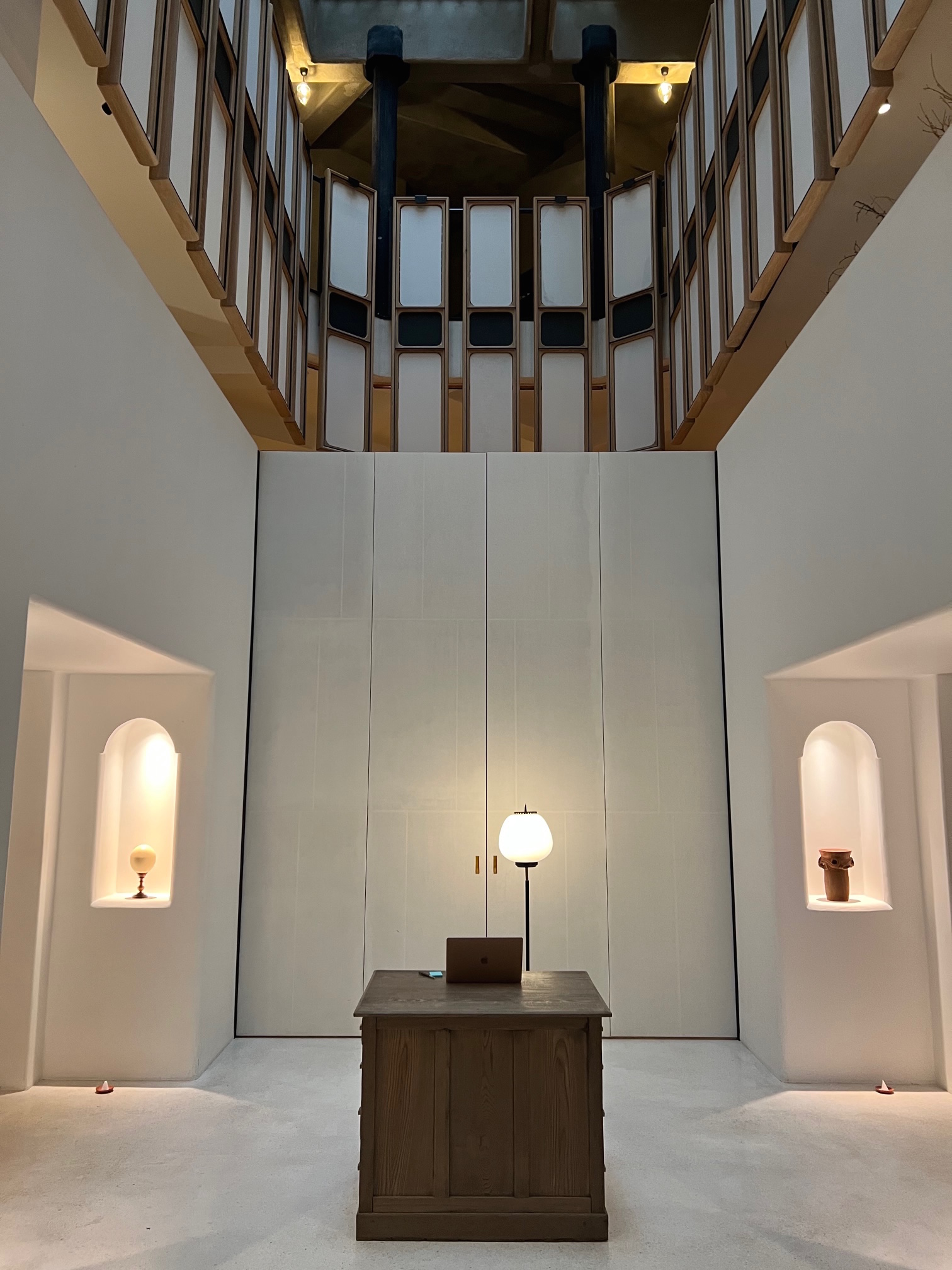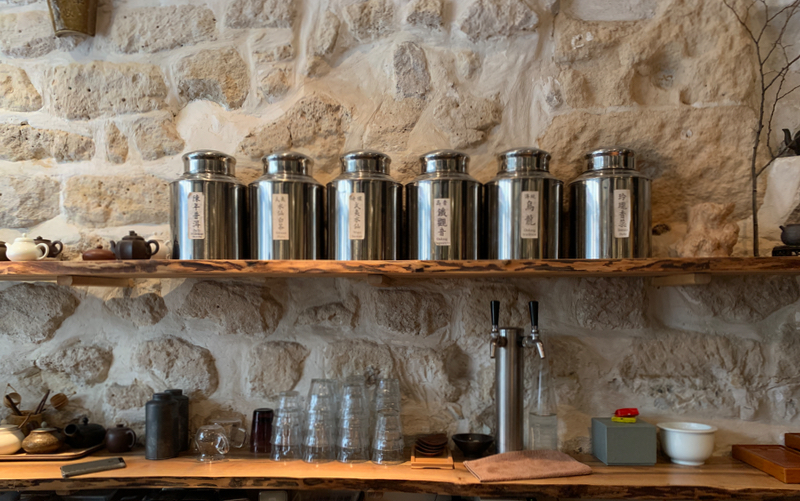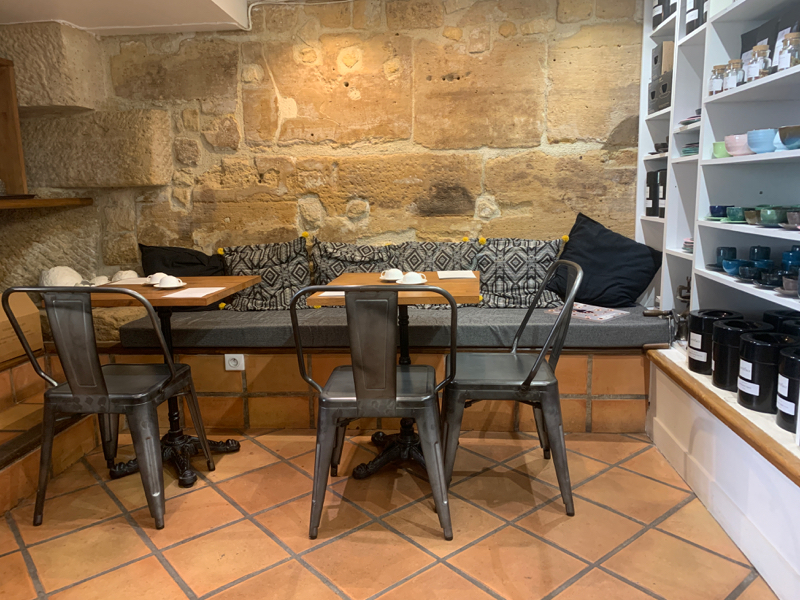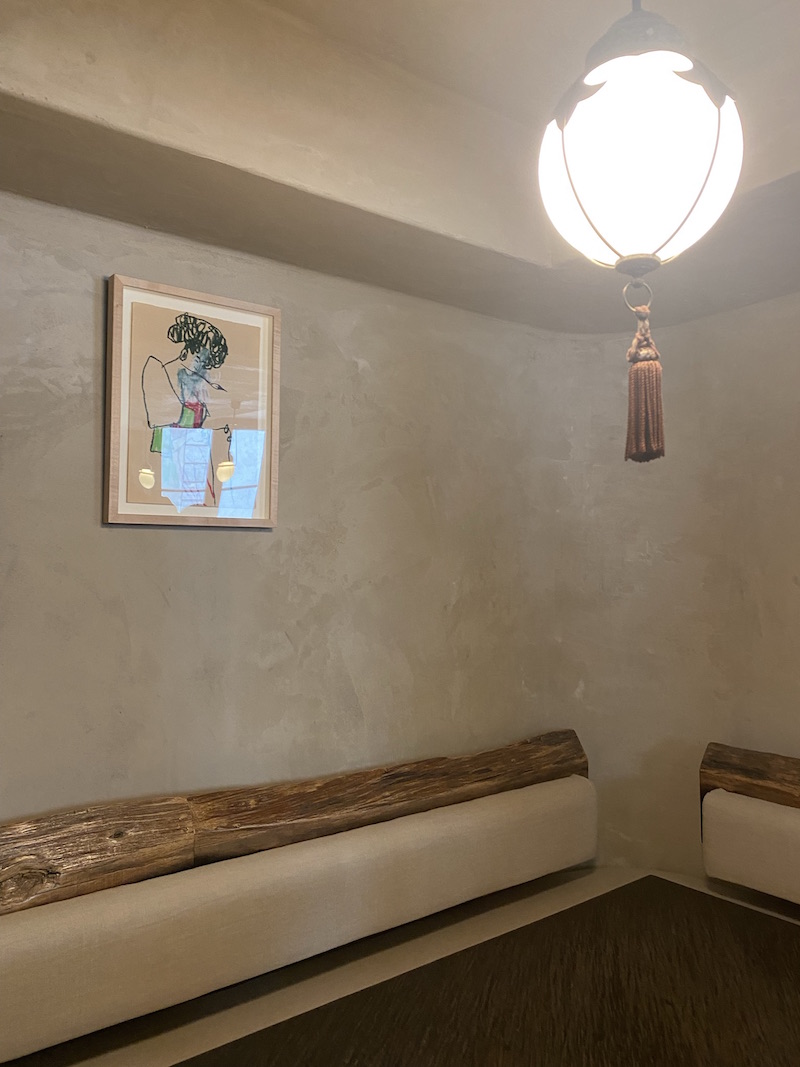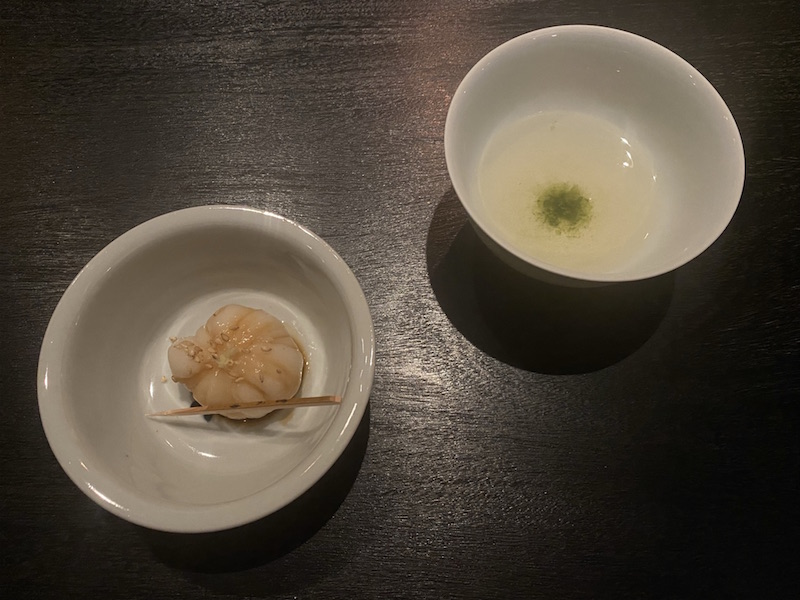La Chassagnette: Camargue in a fine vegetable feast
Dining at La Chassagnette is an immersive experience that does not show off, it simply is its natural self without facelifts, make up or pretence. She accepts herself as she is, beautiful raw and wild — my kind of spirit. Edible flowers, fragrant herbs, the Mediterranean gold of olive oil, and the sea bounty joining in simply reflect what is around. Unlike the famed Nordic Noma on the outskirts of Copenhagen, this is about being in harmony with nature, not trying to outsmart her through elaborate ideas that often hinder the perfection nature ripened herself. Such culinary approach requires an ego in check by a chef open to a dialogue with what every morning has in stock.

In the Rhône delta, the Camargue basin on the South-western coast of France provides a unique microclimate for rice and salt harvesting. The wetland is also beautifully wild, natural preserve where you can ride horses on a sandy beach, savour the sunset pinks of the flamingoes and run mad away from the locally most populous species – the mosquitoes. Comfortably the restaurant staff provides potent repellents and in the high summer season the outdoor terrace is netted over entirely for peaceful experience.
The easy to miss country road turn into an elevated farmstead embraces you into its wildly cultivated arms as soon as you get off your car. Walking past pomegranate, rose beds, the garden swallows you entirely into its fragrant interior. Inside-out, you become part of it. Everyone is invited to stroll the orchard before settling at the table for a feast driven above all by what surrounds you. As if you were to consume your proximity merging with nature’s fertility in a rare communion of all senses meeting in pleasure.




La Chassagnette as the meeting spot for art and respect for nature
Like art is open to change and meeting of sensibilities La Chassagnette was conceived through passion and love with the local space. Less than half an hour drive through rustic farm roads from Van Gogh’s Arles, this farm owned by a Swiss Pharma heiress, Maja Hoffman, displays a wonderful diversity in an open-mindied testing environment for exotic species potentially making it in the local Mediterranean climate. The greenhouse on the property includes papaya, banana plantings, anything that could thrive in our climate changing. Maja Hoffman grew up in the region and her Gehry-designed LUMA transformed the sleepy poor Southern Arles into a cultural hub.
The verdant stroll changes through the seasons and hints on what will be served on your plates minutes later. The chef Armand Arnal shows his skills with fresh garden produce in a respectful, harmoniously concerted skill set. Humble yet in touch with what a delightful taste of a plant can deliver. After dining at the world’s most lauded restaurants, I grew to appreciate such sensitive approach to cooking the most. Not too simple, not at all pompous, not overdoing, layering too much on one plate and in so hindering the raw produce, the heart of the matter.

The daily baked breads are all gluten-free, made from local rice, amaranth, chestnut, chickpeas, buckwheat, depending on the in0house baker’s momentous inspiration. Also the crackers served with the vegetable dip at the start of the menu are only gently seasoned with dried herbs from the garden. Local olive oil is poured generously with the gf bread selection. Since rather often the gf breads lack moisture, dipping the morsels into the succulent oil makes up for any disappointments. Sometimes we just need to cross off our expectations and open to new solutions, more liquid gold on my bread, please. Divine!


Menus directed by nature’s clock
Last year we caught the late summer in the menus of the Week 36 and 37, plenty of flowers, ripe figs and other sunshine fruits thriving. The menus are numbered no by dates but as the harvest weeks of the year proceed. This spring in the Récolte.Semaine 20 for change the produce brightened our palates with fresh early season produce like green peas, string beans, green cabbage and fragrant herbs.

There are two menus to choose from. Since they change weekly mirroring the garden ripeness, there is no sense I describe each dish, for something new awaits you at each visit. On the three occasions we dined at Maja Hoffman’s farm, we tried both the plant menu and the menu including a few fish and/or meat plates (usually two on the six-course tasting menu), and we felt that La Chassagnette is the place where even an omnivore shall take the opportunity to appreciate vegetables and fruits ripened by sunshine. Better skip the animals and relish nature’s pure plant bounty.




An example of September tasting at La Chassagnette follows:
Homemade ricotta with flowers and vegetables
Eggplant and fava bean puree
Pre-dessert with sun-dried tomato
Housemade Camargue rice milk
Corn and housemade gelato
Sublime fig-themed dessert




In spring the harvests highlighted these:
Wild and cultivated herbs veloute, nasturtium
Courgette flowers with house made browse (fresh sheep cheese), basil
Chawanmuchi savoury egg custard (Japanese kaiseki), onions, mousseron mushrooms
Onion pissaladière (similar to focaccia), verbena and sweet almond
Braised romaine lettuce and spring vegetables, miso-pepper sauce
Confit (slow roasted) beetroot, purple basil, juicy raspberries, rose Chantilly cream
For vegans any dairy can be easily substituted with housemate local rice milk.
The Michelin guide awarded one star to chef Armand Arnal and his team. Joined by the well-deserved green star for eco-responsible ingredient sourcing.


Enjoy liquid biodiversity without alcohol
The beverages are even more interesting sans alcohol so drivers and sober folk will be thrilled. At lunch we relish the non-alcoholic beverages pairing. More sophisticated than elsewhere, less about sugar and acidic fermentation obsession. The beverage team is using the drinks to season the dish each is paired with. The advantage of being surrounded by a vibrant garden, yields unparralled creativity in the mind-non altering sippings. I was particularly impressed by the stagette lemon grown a few steps from me infused together wit Provencal saffron. The roasted fig leaf with lippia dulcis, South American natural sweetener similar to Stevia but with a less disturbing taste, I wished I could infuse at home. Roasted coriander seed infusion was more simple, nice digestive touch. With the dessert we got the house rice milk with strawberry sirup, our least favourite, but interesting.


At dinner, we discovered the No Beginning No End Ouroboros natural wine and were impressed by the rotating selection of sustainably grown wines the sommeliers poured.
Open for most of the year, but the hard cold core of winter, La Chassagnette feels like an escape from the outside world burdened by crime, poverty and wars. The place to celebrate life in peace.














